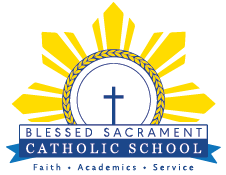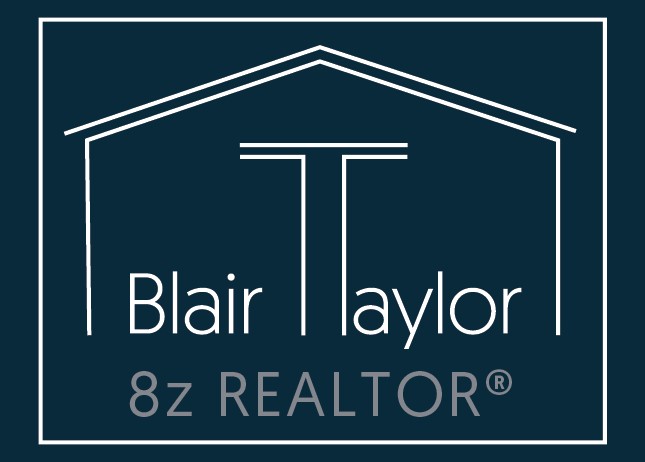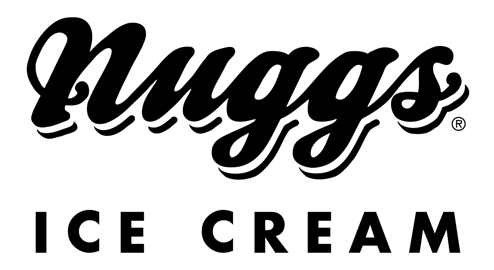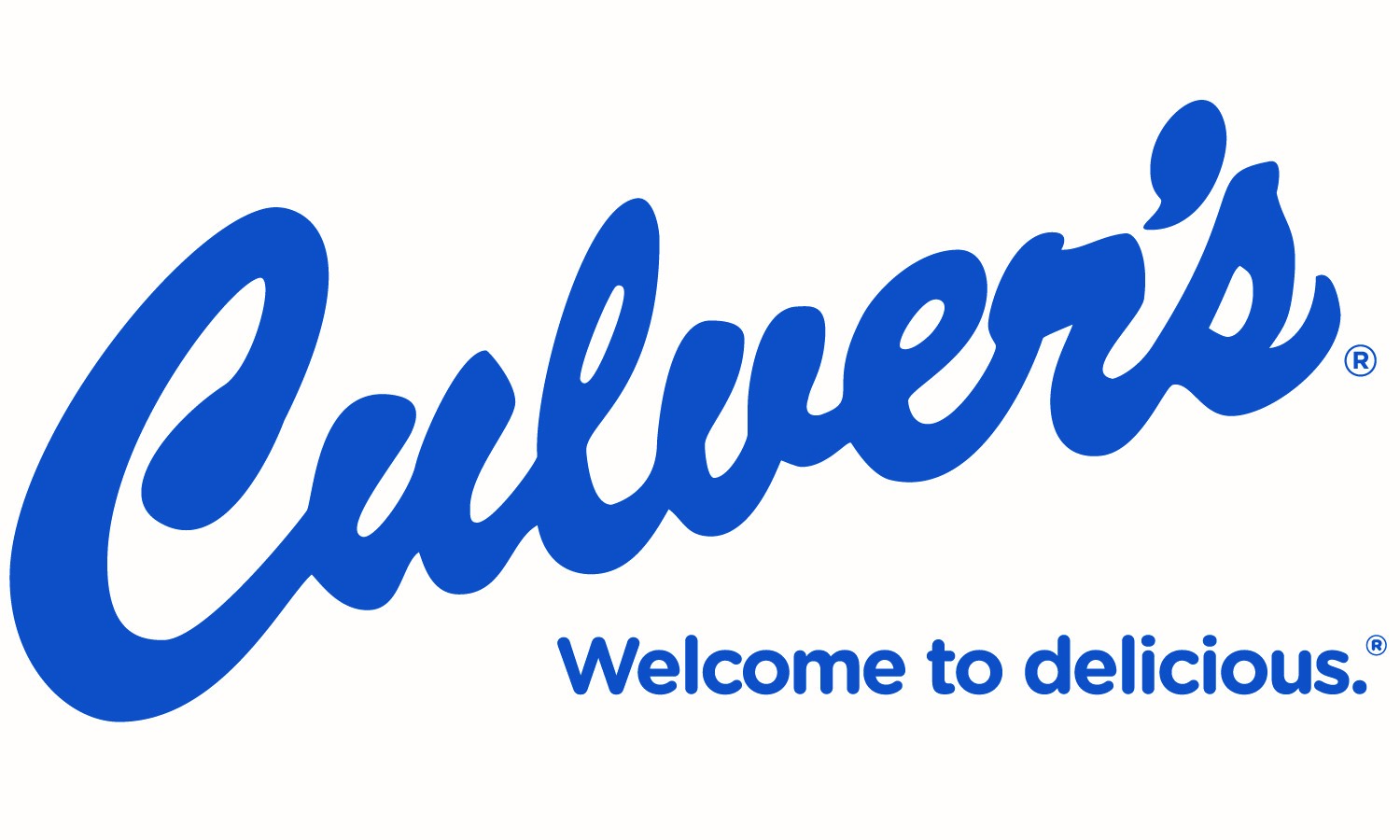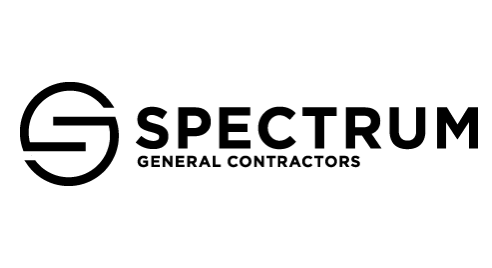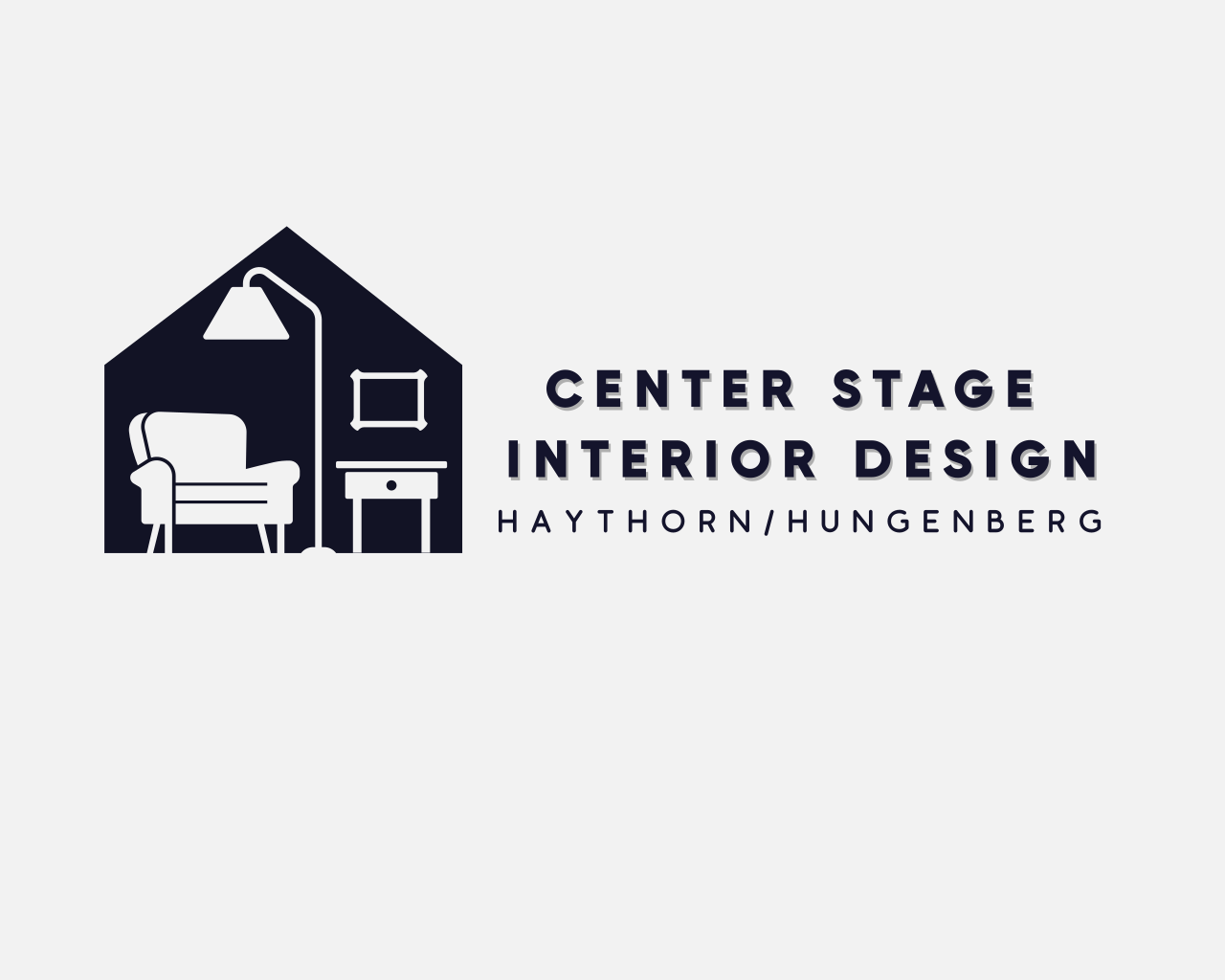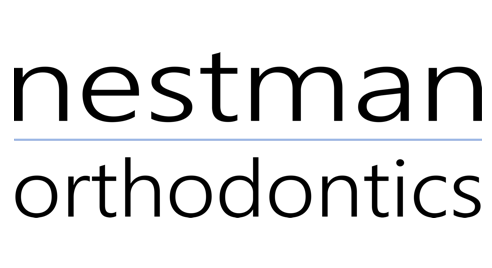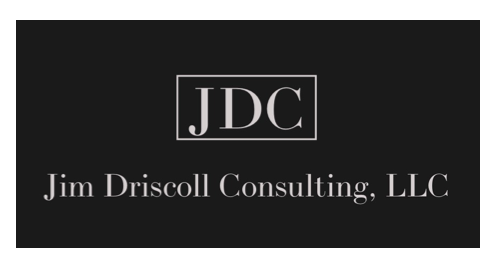Catholic School Facts
Why Catholic Schools?

Part I: Fast Facts for Catholic School Advocates
- In 2014, about 49.8 million children attended public schools; 4.5 million children attended private schools, with 2 million in Catholic schools.
- There are 146,526 staff teaching in Catholic schools; 3.2% are Religious or Clergy.
- The student/teacher ratio in Catholic schools is 13:1.
- 99% of students who attend Catholic high school graduate. Of those, 86% attend 4-year colleges.
- Currently, 6 of the 9 Supreme Court Justices went to Catholic school.
- Since 1994, the percentage of schools with boards has increased from 14.35% to a current level of 84.8%.
- The minority population accounts for 19.8% of the Catholic school population (15% Latino; 8% Black/African American; 5% Asian American; 5.6% Multiracial).
- 16.4% of Catholic school students are not Catholic.
- 45% of Catholic schools in the United States participate in Federal Nutrition Programs, which provide over 270,000 free meals to children daily.
- The mean cost per pupil at Catholic schools is $5,847; the national per pupil average is $12,054). (National Center for Education Statistics)
- Catholic schools provide over 24 billion dollars a year in savings for the nation.
Part II: Faith Life and Formation
- ACRE Testing and Catholic Schools
- 2010 study, What Do Our Children Know About Their Faith by Dr. John Convey.
- Dr. Convey chronicled the success of Catholic schools in teaching the Catholic faith drawn largely from testing data from the Assessment of Catechesis/Religious Education or ACRE.
- The report indicated that students in Catholic schools, both Catholics and non-Catholics, score higher on faith knowledge than do students from parish programs.
- Dr. Convey gave various examples of ongoing success in religious education and catechesis in schools, including examples from different places: Dioceses of Arlington, St. Petersburg, Houma-Thibodaux, and the Archdioceses of Cincinnati and Atlanta.
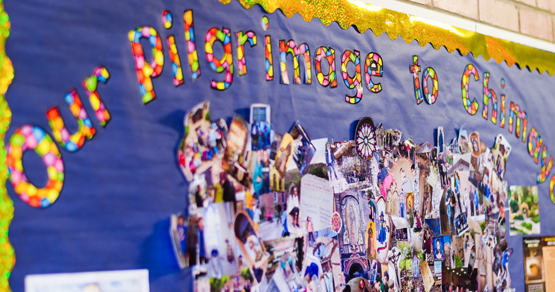
Part III: Academic and Civic Benefits
Catholic schools are good for the Republic.
- Catholic schools tend to operate as communities rather than bureaucracies, which links to higher levels of teacher commitment, student engagement, and student achievement.
- The Catholic school climate, mission, and purpose positively impact student achievement and attendance.
- A faith-based orientation builds coherence and integration of schools and school community.
Catholic Schools help students achieve academically
- In Catholic schools, the student achievement gap is smaller than in public schools.
- In Catholic schools, overall academic achievement is higher.
- In Catholic schools, student math scores improve between sophomore and senior years.
- Latino and African American students in Catholic schools are more likely to graduate from high school and college.
- Students with multiple disadvantages benefit most from Catholic schools.
- The poorer and more at-risk a student is, the greater the relative achievement gains in Catholic schools.
Catholic schools unlock the intellectual potential of the young people they serve while forming them for a personal and living encounter with Jesus Christ:
- Catholic school students are more likely pray daily, attend church more often, retain a Catholic identify as an adult, and donate more to the Church.
- Students in Catholic schools demonstrate higher academic achievement than their public school peers from similar socioeconomic backgrounds.
- The more disadvantaged a child is, the greater the relative achievement gains he or she experiences in a Catholic school.
- The achievement gap between students of different racial and/or socioeconomic backgrounds is significantly smaller in Catholic schools
- 99% of Catholic school students graduate from high school on time, and 85% of Catholic school graduates attend college.
- A black or Latino child is 42% more likely to graduate from high school and 2.5 times more likely to graduate from college if he or she attends a Catholic school.
The Catholic school emphasis on lived Christian community stimulates parental engagement:
- Inner-city Catholic school parents report taking an active role in their children’s education, and they believe that participating in the Catholic school community represents an opportunity to break the cycle of poverty.
- Latino Catholic school parents believe their children are more motivated, more focused, and working harder since enrolling them in a Catholic school.
Catholic schools generate social cohesion and preserve civic order in the local community
- Neighborhood social cohesion decreases and disorder increases following the closure of a Catholic elementary school.
- Police beats in Chicago that experienced at least one Catholic school closure had a higher crime rate than those in which there were no closures.
Catholic schools are sacred places helping to build a better society
- Graduates of Catholic high schools are more likely to vote. (Cohen & Chafee, 2012)
- Catholic schools save taxpayers more than $24 billion annually. (McDonald & Schultz, 2013)
- Catholic school graduates enjoy higher earning potential than public school graduates.
Catholic school graduates are more civically engaged, more tolerant of diverse views, and more committed to service as adults, and less likely to be incarcerated than their public school peers.
Part IV. Parental Choice Benefits
Parental Choice Improves Student Achievement and Attainment:
- Students participating in the Milwaukee Parental Choice Program demonstrated higher academic growth in reading than similar students in Milwaukee Public Schools.
- Students participating in the Washington, DC Opportunity Scholarship Program demonstrated more than 3 months of additional gains in reading over their public school peers in a single school year.
- Students participating in the Milwaukee Parental Choice Program posted a graduation rate more than 7.2% higher than students in Milwaukee Public Schools.
- African American students participating in a privately funded parental choice program were 24% more likely to enroll in college as a result of receiving a voucher.
Parental Choice Empowers Families:
- More than 90% of parents participating in the Washington DC Opportunity Scholarship Program report being happy with their current scholarship school.
- More than 97% of the parents participating in the Florida Scholarship Tax Credit report being happy with their current scholarship school.
Parental Choice Provides Fiscal Savings:
- The Indiana Choice Scholarship Program saved the state more than $4 million in its first year of operation.
- The Florida Scholarship Tax Credit will save the state more than an estimated $100 million over the course of the next two years.
Catholic Schools Fact Sheet – United States Conference of Catholic …
www.usccb.org/beliefs-and…/catholic…/Catholic–Schools-FACT-Sheet-Handout.docx
Blessed Sacrament Catholic School is an academic community of faith that develops the whole child's mind, heart and soul.
